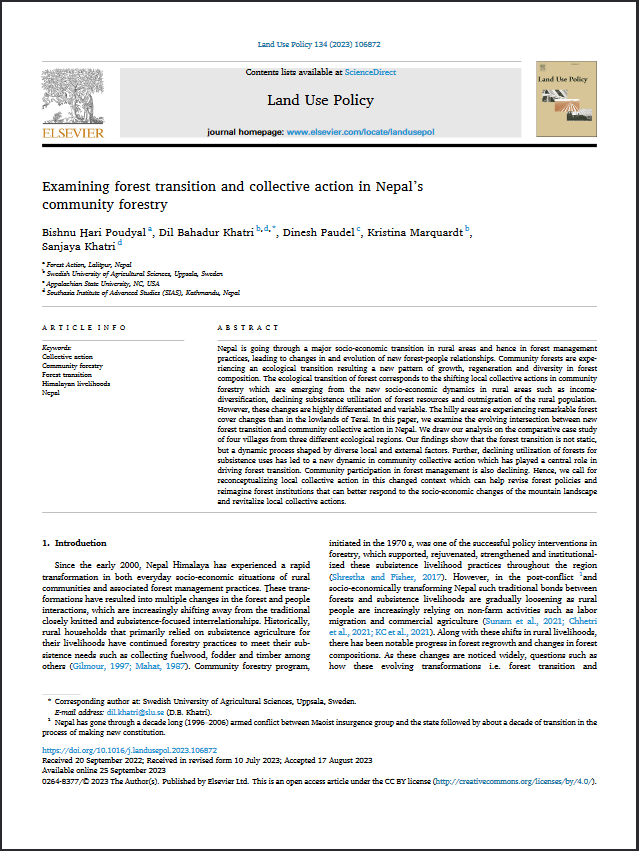Published online: 27 June 2022
Authors: Anustha Shrestha, Deep Narayan Shah, Roshan Man Bajracharya, Sravan Shrestha
Available at: https://doi.org/10.1016/j.envc.2022.100573
ABSTRACT
The speedy unplanned urbanization in the Kathmandu Valley is creating an increasing demand for water. In 2021, the water demand was 470 MLD (million liters per day), and the supply was 106 MLD during the wet season and 80 MLD during the dry season. In such scarce conditions, traditional stone spouts have the potential to fulfill water demands of certain populations. However, these spouts themselves are degrading due to extensive pumping of groundwater, unstoppable constructions, and contamination from sewage, septic tanks, and industrial waste. This review paper essentially focuses on the status of stone spouts in the Kathmandu Valley in terms of quantity and quality. It also explores the reasons that affected the quantity and quality of spout water and its impact upon communities that depend on spout water. In 2019, the Kathmandu Water Supply Development Board (KVWSMB) identified 573 spouts in the Valley, out of which 224 were functional at the time of survey and 94 were completely lost. These functional spouts were the primary source of drinking water for low-income households and had total discharge of 2.4 MLD. Spout water is perceived as “clean” drinking water but it is easily contaminated due to being mostly supplied by shallow groundwater. The observed samples exceeded WHO standards (sometimes national standards too) for total coliform, E-coli and nitrate, and the quality was heavily affected during monsoon. This indicates potential impacts on community health if not treated properly. These culturally significant spouts are to be conserved for sustainable water supply. Policy interventions regarding haphazard constructions, over-extraction of groundwater, waste and sewage management, source protections, renovation, and restorations can help to protect these traditional structures and fulfill water needs.







